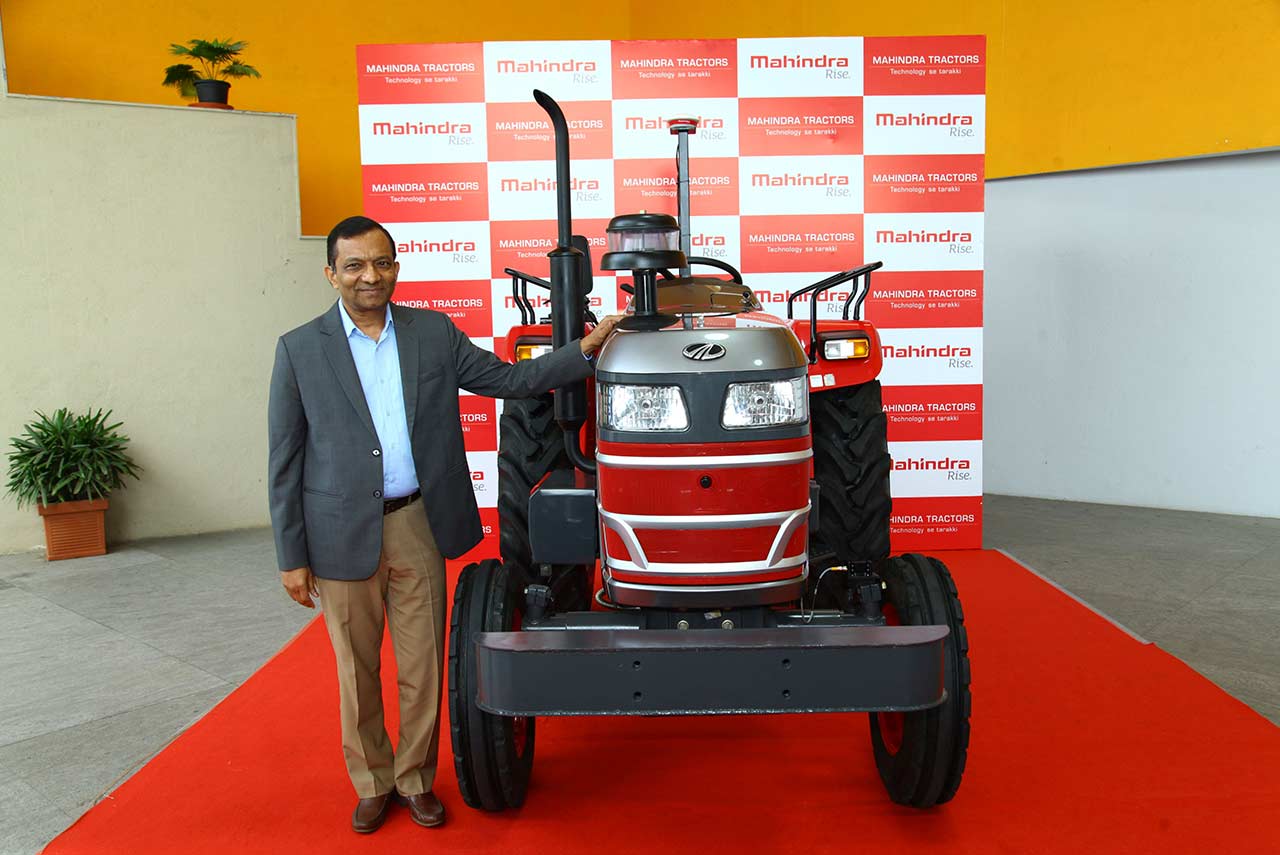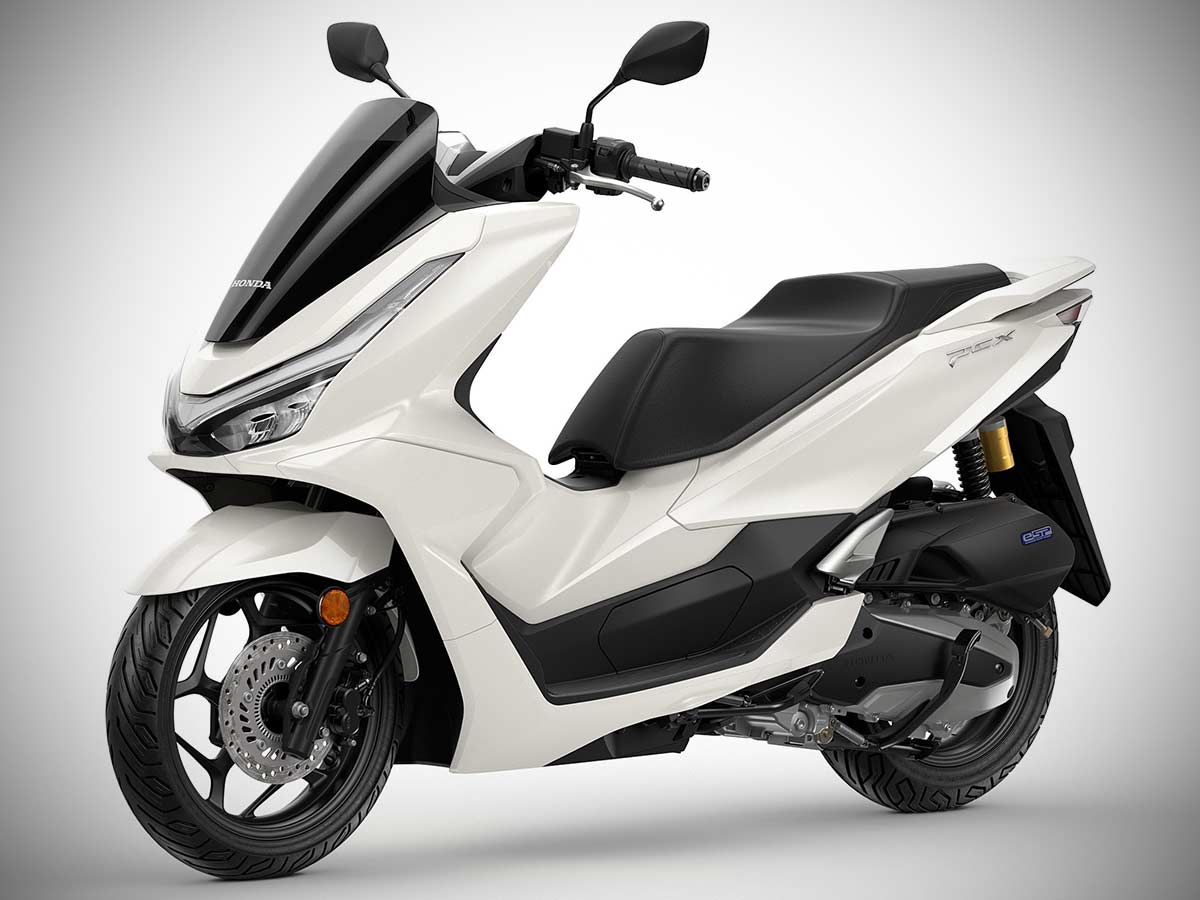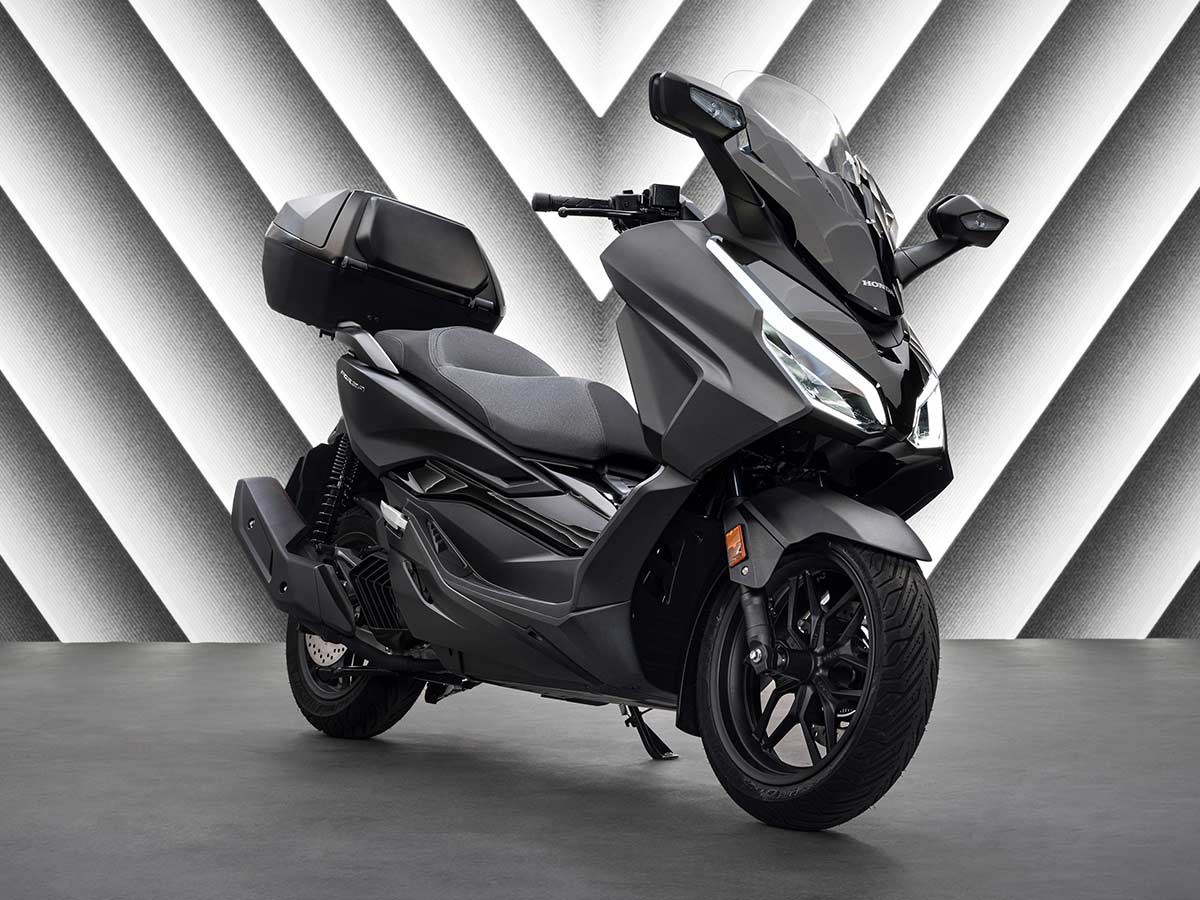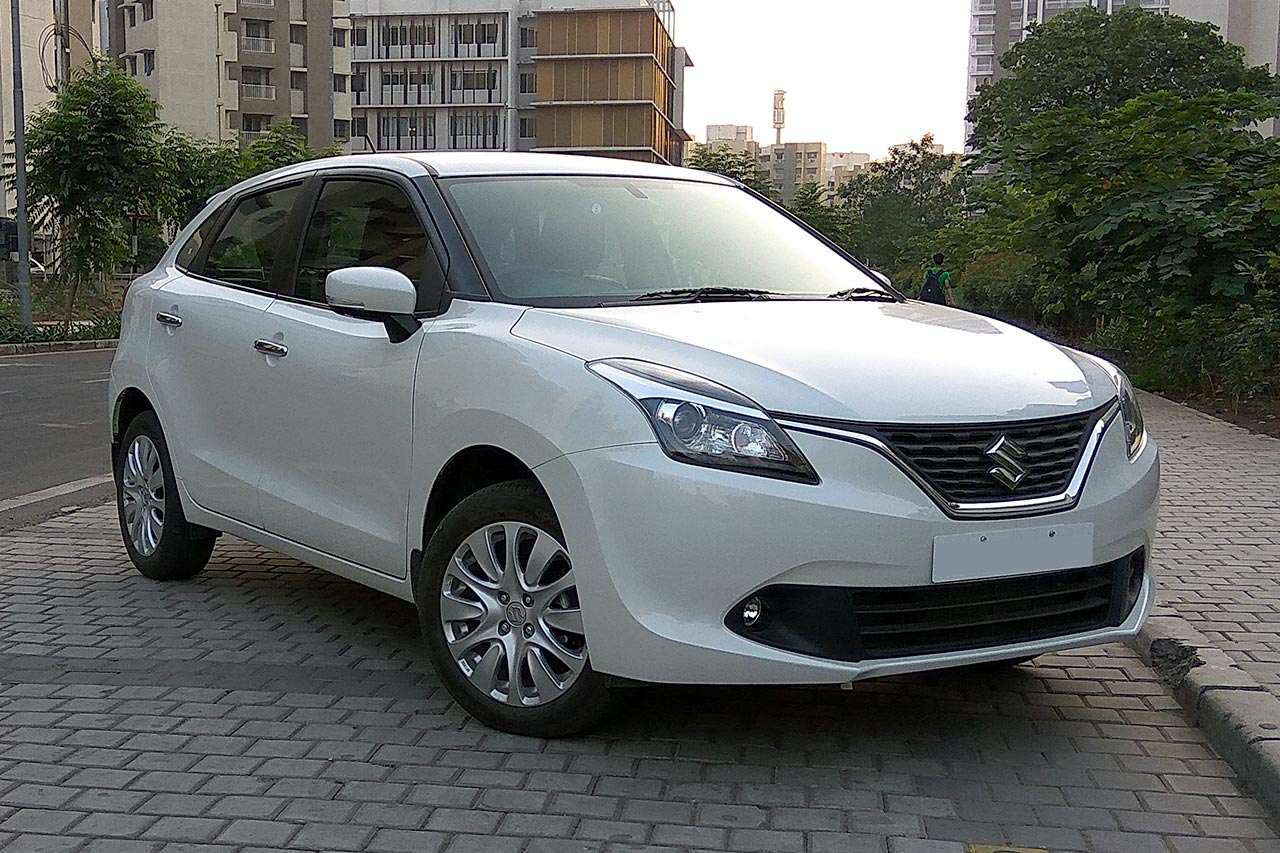Highlights of Mahindra Driverless Tractor:
- Driverless Tractor set to make farming more productive and profitable, reduce health hazard for farmers and change the future of food production
- This technology is designed to enable tractors to perform a variety of farming applications & operate varied implements
- The tractor equipped with this technology can be programmed to carry out specific tasks and can also be operated remotely to perform in the field
- To be available commercially from early 2018, in a phased manner
Mahindra & Mahindra Ltd., a part of the Mahindra Group has showcased its first ever Driverless Tractor. The Mahindra driverless tractor is all set to redefine the mechanization process for the global farmer. It has been developed at the Mahindra Research Valley, located in Chennai.
With this launch, Mahindra becomes the pioneer in the Indian tractor industry with the unique proposition of a driverless tractor. This innovation will change the future of farming by increasing productivity, leading to increased food production to feed the growing needs of the world.
“Our tractor R&D has always been at the forefront of pioneering cutting-edge solutions. Today’s display of the driverless tractor is another proud moment for us, as it opens up new possibilities in farming. We are happy to dedicate this innovative mechanization for the global farming community, in line with our Farming 3.0 proposition,” said Dr. Pawan Goenka, Managing Director, Mahindra & Mahindra Ltd.
“Today the need for farm mechanization is higher than ever before, due to the labor shortage and the need to improve productivity and farm produce yield. Coupled with our ‘DiGiSENSE’ technology that we launched last year, the driverless tractor offers a distinct advantage to the Indian farmer by bringing an unprecedented level of intelligence to the tractor,” said Rajesh Jejurikar, President, Farm Equipment Sector, Mahindra & Mahindra Ltd.
Mahindra will deploy this driverless technology across its tractor platforms in due course of time. It will also be deployed across international markets such as USA and Japan, giving Mahindra tractors a distinct competitive edge in global markets with technological advancement being at the forefront. Mahindra plans to offer the driverless tractor technology across its range of tractors from 20 HP to 100 HP over a period of time.

Key Features of the Mahindra Driverless Tractor:
The pioneering driverless tractor is equipped with state-of-the-art technology and boasts of several unique features:
Autosteer – GPS based technology that enables a tractor to travel along a straight line.
Auto-headland turn – Enables the tractor to orient itself along adjacent rows for continuous operation without any steering input from the farmer.
Auto-implement lift – Feature in the tractor that automatically lifts the work tool from the ground at the end of a row and lowers the tool after the tractor has oriented itself for operation at the next row.
Skip passing – This technology feature enables the tractor to steer to the next row for continuous operation without any intervention of the driver.
Safety Features of the Mahindra Driverless Tractor:
In addition, the driverless tractor is also equipped with some unique safety features as below:
Geofence lock – Prevents tractor from going outside the boundaries of the farm
Control via Tablet User Interface – Enables the farmer to program various inputs needed to farm efficiently. Also, offers controls to prevent the tractor veering off from its intended path or desired operation. He can also control the tractor remotely via a tablet.
Remote Engine Start Stop – Ability to stop the engine and hence, bring the tractor to a complete STOP if needed in cases of emergency
With the deployment of this technology on Mahindra tractors, the farmers can work their fields for long hours without exposing themselves to harsh weather or difficult operating conditions. They can also protect themselves from potential health hazards resulting from operations like insecticide spraying which now can be done without human intervention. It will also ensure better quality and consistency in farming operations, leading to higher productivity and farm produce yields.









































